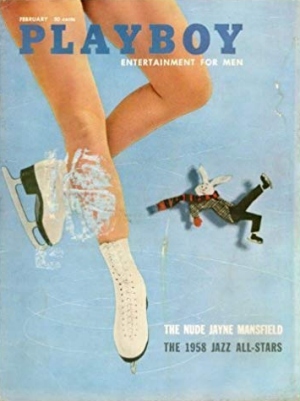Birthday Reviews: Arthur C. Clarke’s “Let There Be Light”

Arthur C. Clarke was born on December 16, 1917 in Minehead, England and died on March 19, 2008 in Colombo, Sri Lanka.
Clarke won the Hugo and Nebula Awards three times each. Rendezvous with Rama and The Fountains of Paradise both won for best novel (and also both won the British SF Association Award). His novella “A Meeting with Medusa” won the Nebula in 1973 and the short story “The Star” won the Hugo in 1956. He also won the Retro Hugo for his short stories “The Nine Billion Names of God” and “How We Went to Mars.” Both “A Meeting with Medusa” and Rendezvous with Rama won the Seiun Award and Rama also won the John W. Campbell Memorial Award, and Jupiter Award. Clarke won the Geffen Award for Childhood’s End. His novel Imperial Earth was inducted into the Gaylactic Spectrum Hall of Fame in 2001. He received the International Fantasy Award for his non-fiction book The Exploration of Space.
Clarke was the guest of honor at NYCon II, the 14th Worldcon, held in New York in 1956. He received a Forry Award from LASFS in 1982 and was named a Grand Master by the Science Fiction Writers of America in 1986. In 1997 he was inducted into the Science Fiction Hall of Fame. He won a Gallun Award in 2001, was inducted into the First Fandom Hall of Fame in 2002 and in 2004 received the Robert A. Heinlein Award. The Arthur C. Clarke Award, sponsored by the BSFA, the Science Fiction Foundation, and the SCI-FI LONDON Film Festival, was established in 1987 to honor science fiction published in the UK.
Clarke collaborated on fiction with Gregory Benford, Gentry Lee, Stephen Baxter, Mike McQuay, Michael P. Kube-McDowell, and Frederik Pohl. His story “The Sentinel” formed the basis for his novel and the film 2001: A Space Odyssey, the sequel of which, 2010, was also turned into a film. His novel Childhood’s End was adapted into a television mini-series.
“Let There Be Light” was initially published on September 5, 1957 in the Dundee Sunday Telegraph. It was first reprinted in February 1958 in Playboy magazine. It would eventually be reprinted in the Playboy Press science fiction anthology Transit of Earth in 1971. Clarke included it in his collection Tales of Ten Worlds in 1962 and it also appeared in The Collected Stories of Arthur C. Clarke in 2000. The story appeared in German in the 1963 collection Unter den Wolken der Venus. In 1980 it was translated into Croatian for the March issue of Sirius #45. A French translation of the story appeared in the Arthur C. Clarke collection Le Livre d’or de la science-fiction: Arthur C. Clarke (a.k.a. Et la lumière), in 1981. Guido Zurlino and Beata Della Frattina translated the story into Italian for inclusion in the January 1987 issue of Urania #1039. It appeared in French again in 2013 as part of the collection Odyssées: l’integrale des nouvelles. Although the story fits into Clarke’s Tales from the White Hart series, it was not included in that collection, which was first published eight months before the story first appeared.